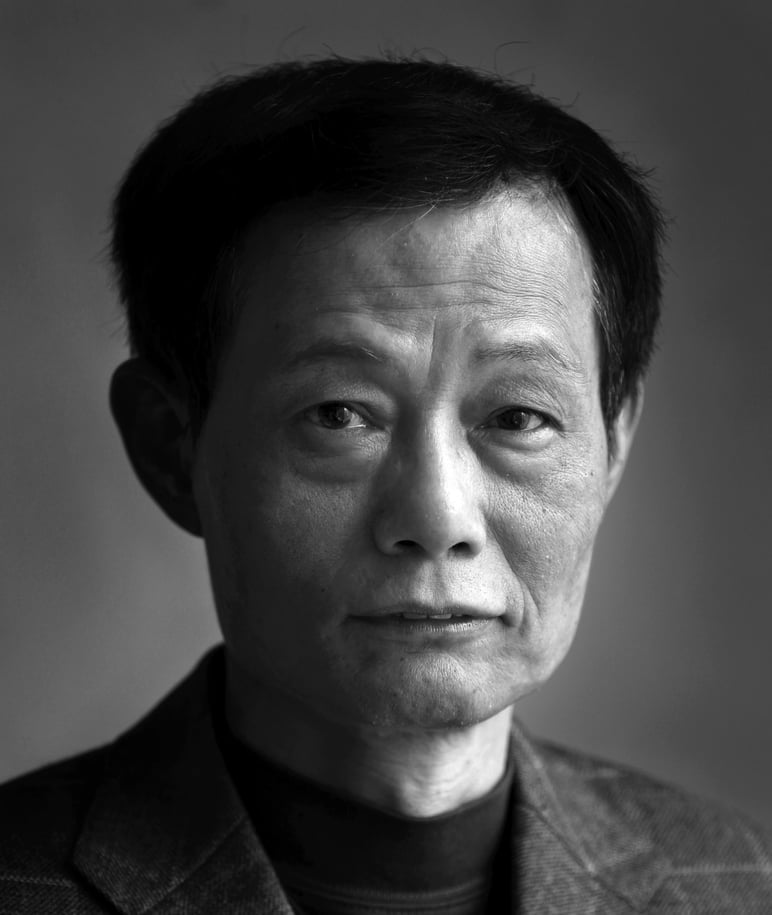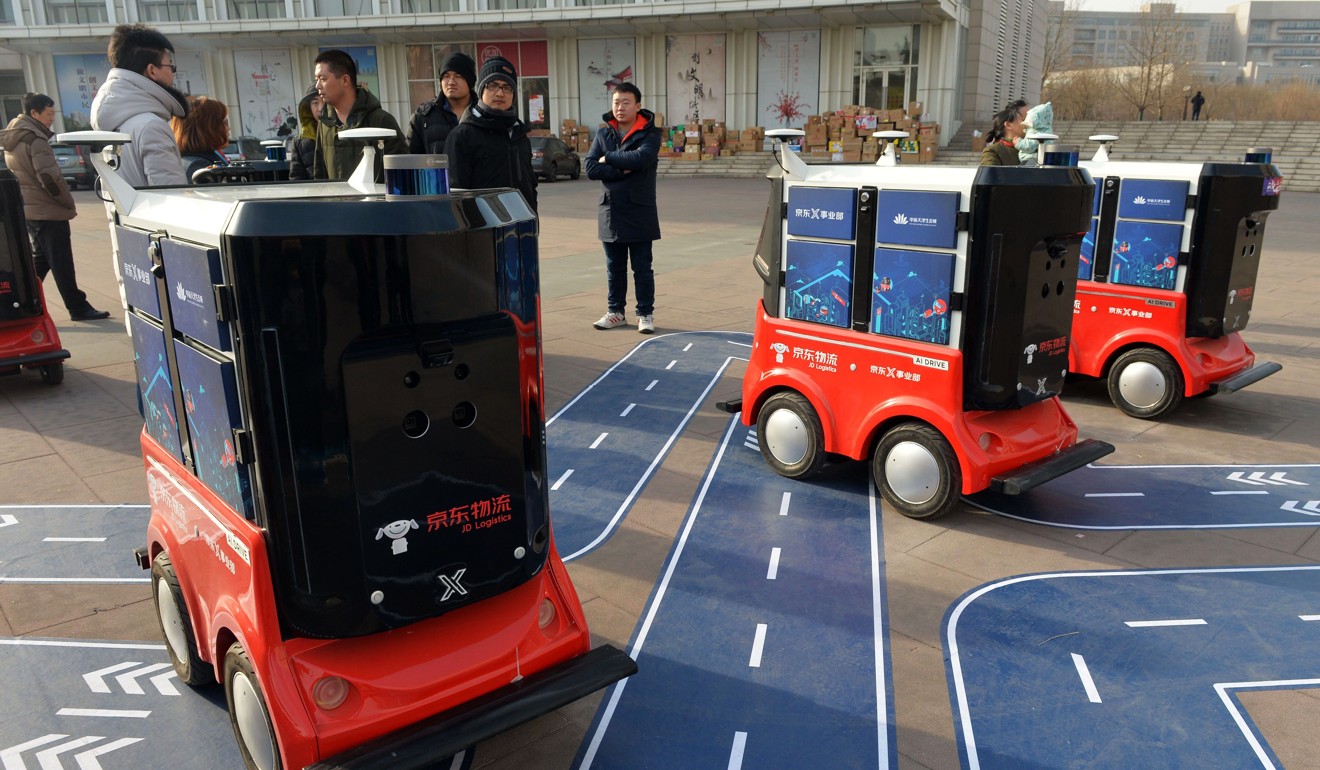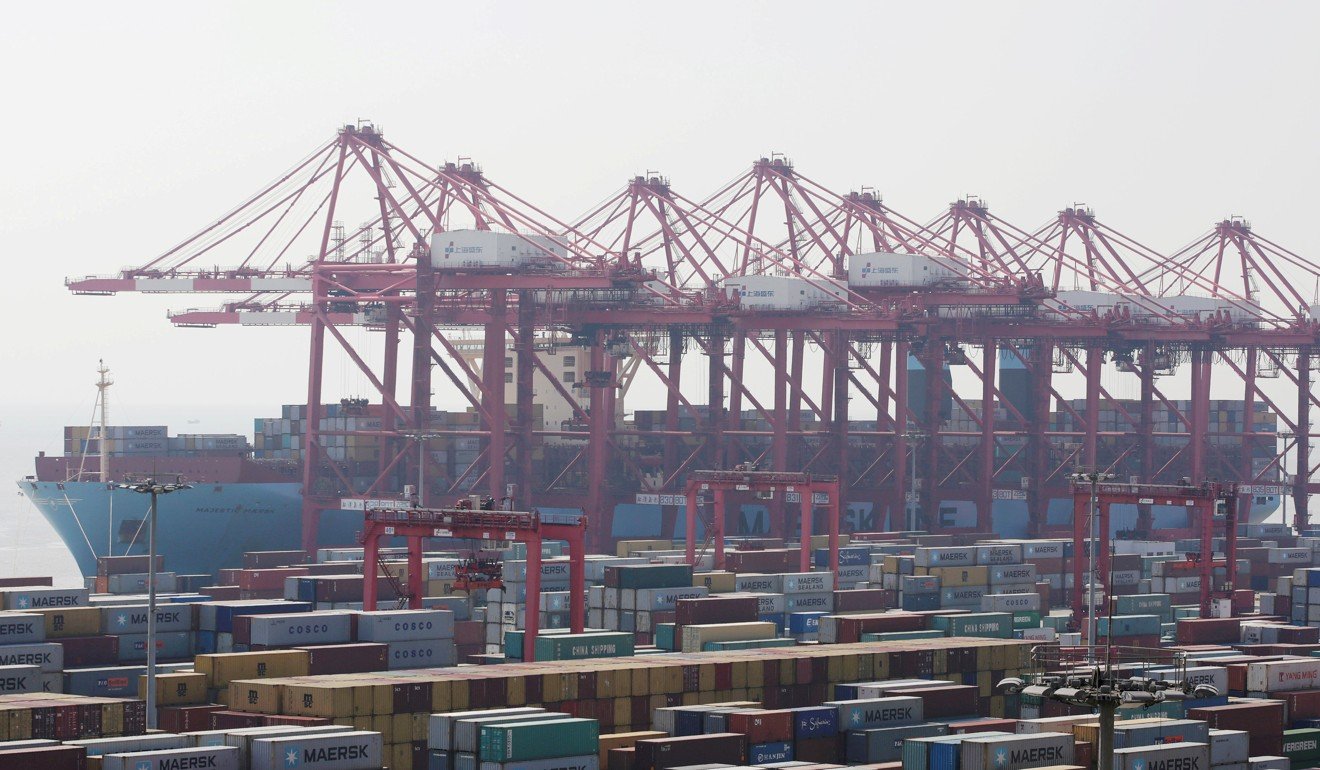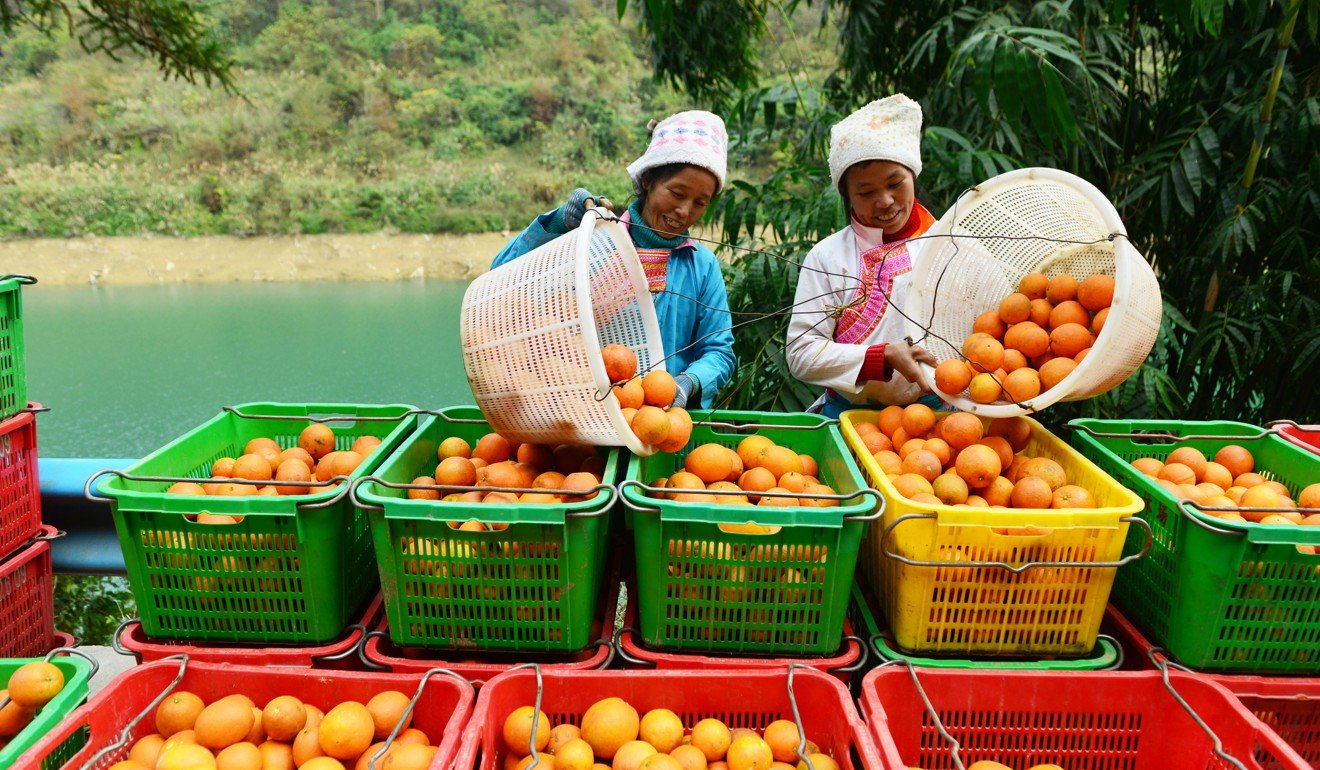
Why a cooling in China’s economy would be a good thing
Some may doubt the veracity of Beijing’s 2017 rosy growth data, but even if expansion slows this year, it will only be the sign of a healthy transition
These figures have raised questions over whether the growth of the world’s second-largest economy has finally stabilised, or if the first annual acceleration of growth in seven years will serve to reverse a downward trend since 2010.

Thus some economists are cautiously optimistic about 2018. However, the rosy numbers also provide reason for worry, as the recovery in growth has not yet proved to be broad-based. For instance, contributions from the main service sectors – such as real estate, wholesale and retail, finance and banking, and catering – all declined or remained flat last year.
After 50 years, does Asean still matter?
The international press greeted China’s data with scepticism, as the unanticipated pace of growth came amid reports that some local governments were cooking the books to fudge the numbers. Recently, several local governments have dramatically revised down their inaccurate and overestimated 2016 GDP data, suggesting they may go on to lower growth rates gradually in coming quarters to likewise “adjust”.

For decades, China’s phenomenal growth has been fuelled by three major drivers; capital investment, export and private consumption. Fixed-asset investment, particularly in real estate and infrastructure, accounts for almost half of total demand and a 50 per cent share of GDP.
With fixed-asset investment growth at its weakest pace since 1999, export and private consumption cannot pick up the slack. Given its relatively larger size and its spillover effect on other sectors, fixed-asset investment will decelerate growth this year and in coming years.
The only game in town? Why China will keep buying US Treasury debt
Private consumption spending increased at an inflation-adjusted rate of just 5.4 per cent – down from 6.4 per cent in 2016.

Another reason for caution is that Beijing is transforming the economy, from one fuelled by state-led investment and exports towards one fuelled by services, innovation and private consumption.
As the country’s financial system is fraught with vulnerabilities, Beijing needs to find a trade-off between growth and its structural overhaul to address a host of issues, such as an assets bubble, an overcapacity in some industries, a build-up in debt, pollution and environmental destruction, and the continued widespread corruption among the rank and file.
Indeed, the surprising pickup may itself reveal the need for a policy adjustment. The government needs to tighten monetary supply and liquidity conditions to deflate the assets bubble, to cool the property markets and dent local governments’ zealotry in capital investment. In fact, the government has already taken actions to curb widespread malfeasance in the expanding financial system. That is why economists polled by Reuters predicted China’s growth would slow to 6.5 per cent in 2018. For sure, China’s economy will cool this year, but that should be a good thing: it would reflect “creative destruction”, a transition to a shiny new e-business model as the once-dominant old economy fades. ■
Cary Huang, a senior writer with the South China Morning Post, has been a China affairs columnist since the 1990s

